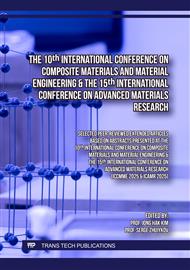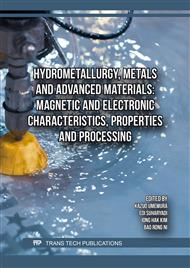p.3
p.11
p.17
p.25
p.33
p.41
p.53
p.59
p.69
Ultrasonic Welding of Copper Sheets for Heat Pumps
Abstract:
Heat pumps are rapidly emerging as a crucial solution in the pursuit of decarbonization, offering significant advantages over traditional boilers due to their superior energy efficiency. The outdoor unit of a heat pump consists of around twenty key components, including a complex network of copper pipes and sheets welded to valves, connectors, and other fittings. With over thirty welded joints, there is substantial potential to reduce manufacturing time through process optimization. Copper, known for its excellent thermal and electrical conductivity, is essential in many applications. However, these same properties make welding copper particularly challenging, especially when automating industrial processes. This study explores the ultrasonic welding of copper, aiming to determine the optimal parameters for maximizing the mechanical strength of overlapping sheet joints. The optimal parameters identified for the welding process are as follows: a welding time of 3 seconds, a pressure of 6 bar, a retention time of 0.62 seconds, an initial pressure of 2 bar, a retention pressure of 2 bar, and a rising pressure for the sonotrode of 3 bar.
Info:
Periodical:
Pages:
33-38
Citation:
Online since:
June 2025
Authors:
Keywords:
Price:
Сopyright:
© 2025 Trans Tech Publications Ltd. All Rights Reserved
Share:
Citation:



